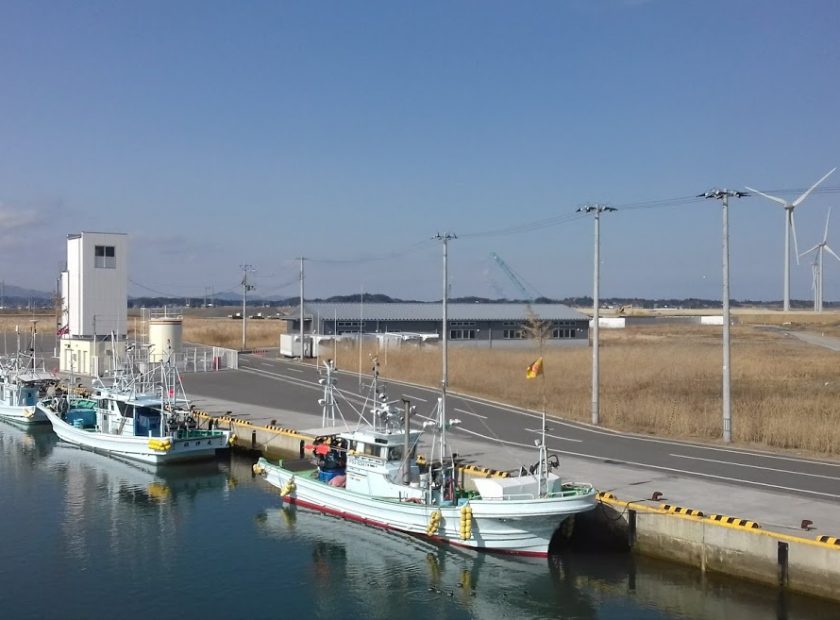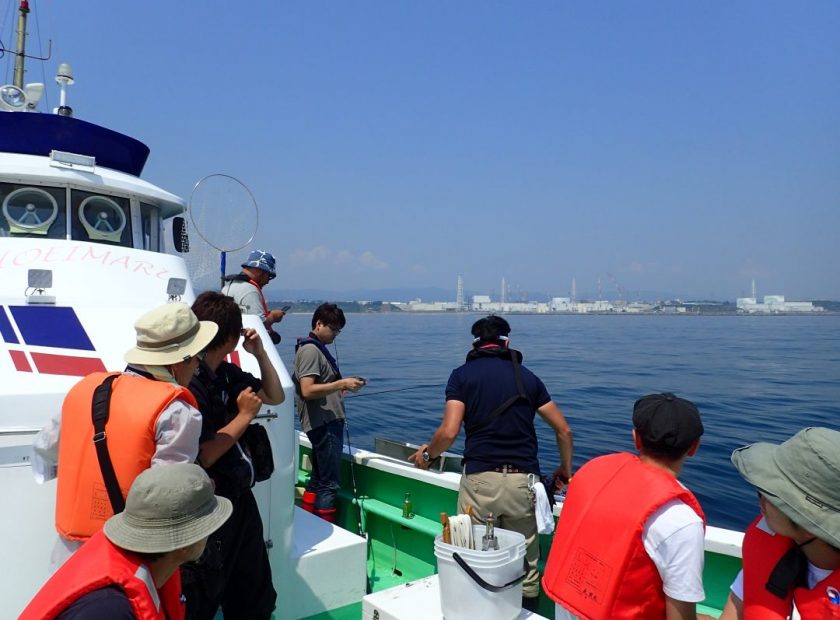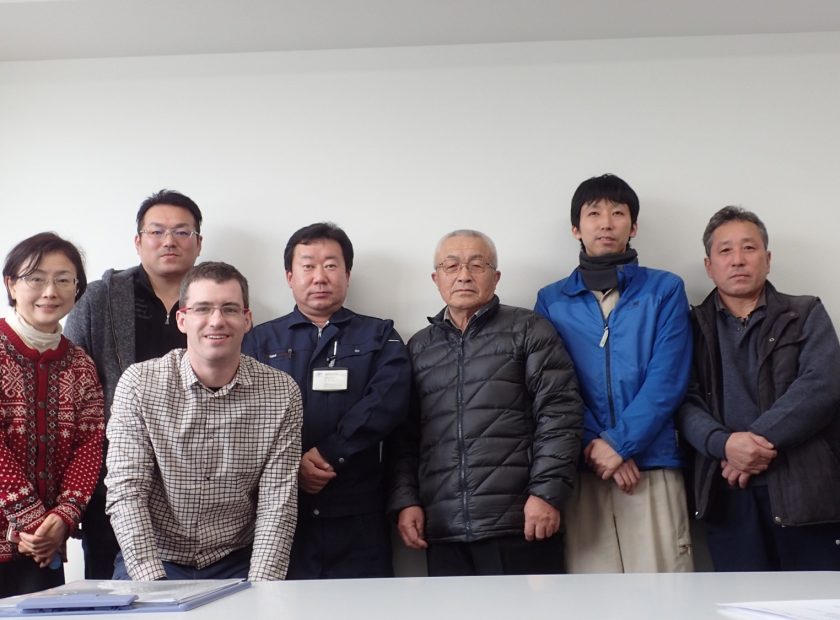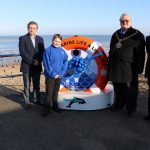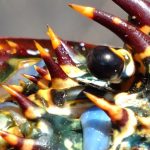
Managing environmental disasters: The people and the science
Nearly eight years on from the Great East Japan earthquake and tsunami, Fukushima’s fishing industry is still feeling the aftershocks of the subsequent nuclear incident.
The combination of a shuddering earthquake and the crashing tsunami triggered triple meltdowns at the Fukushima Dai’ichi Nuclear Power Plant, causing the largest accidental release of radioactive material into the oceans the world had ever seen. As well as leaking major amounts of contaminated water the Plant released clouds of radioactive particles into the air of which about 80% settled in the north-west Pacific Ocean, making themselves at home in the sea water, sediments, and marine life.
When sampling found that about 40% of bottom-dwelling fish in the area had unsafe levels of radioactive caesium, a significant threat to both human and marine health, the Japanese government ordered a halt to all commercial coastal fisheries in Fukushima waters. The fisheries cooperatives all voluntarily complied and fishing was suspended.
As time passed the radioactive threat started to fade and authorities once again allowed deep-sea operations to resume operation. But the coastal fisheries, whose ships were hit hardest by the earthquake and tsunami and whose waters were most exposed to contamination, are closed to this day.

